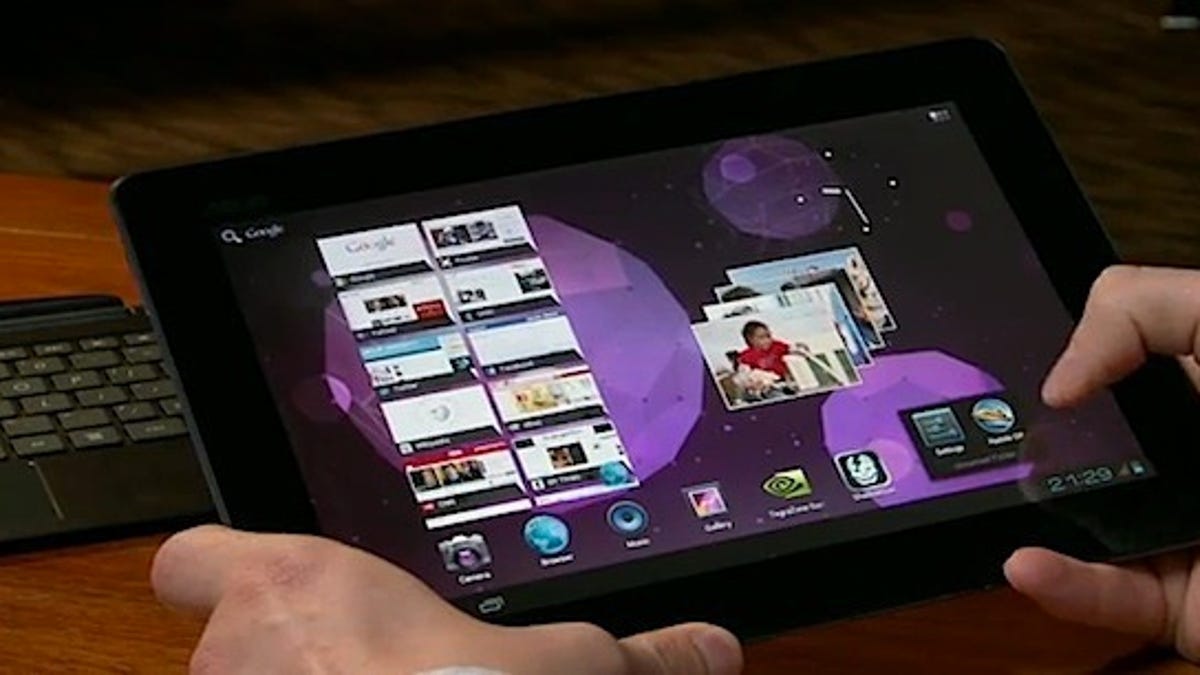More leaks on Acer, Lenovo Android 4.0 tablets
Acer and Lenovo are readying quad-core tablets running Google's Ice Cream Sandwich Android operating system, according to a report.

One thing is certain. The Android tablet crowd has beaten Apple to the punch with quad-core silicon--and the list is growing.
In the wake of the Asus Eee Pad Transformer Prime becoming available for order at stores like Best Buy in the U.S., a few more details have leaked on upcoming quad-core tablets from Acer and Lenovo, according to an Asia-based Digitimes report.
The two tablet suppliers will launch quad-core products on Google's Ice Cream Sandwich (Android 4.0) in the first quarter to compete against Asus, according to the Taipei-based publication.
The report seems to imply--based on Digitimes' sometimes dicey English--that the basic "concept" of the tablets will be the same as present dual-core tablets. Price, however, is stated a lot more clearly: between $459 and $599.
The Lenovo tablet is expected to feature a 1.6GHz Tegra 3 and 2GB of RAM--both specs unheard of in an Android tablet, according to a previous report at Engadget.
When Apple will join the quad-core club is not clear. Or even if Apple thinks it's necessary. We know about the QXGA, 2048x1536 display on the next generation iPad but not whether Apple will opt for a quad-core chip to push around all of those extra pixels.

